21 November 312
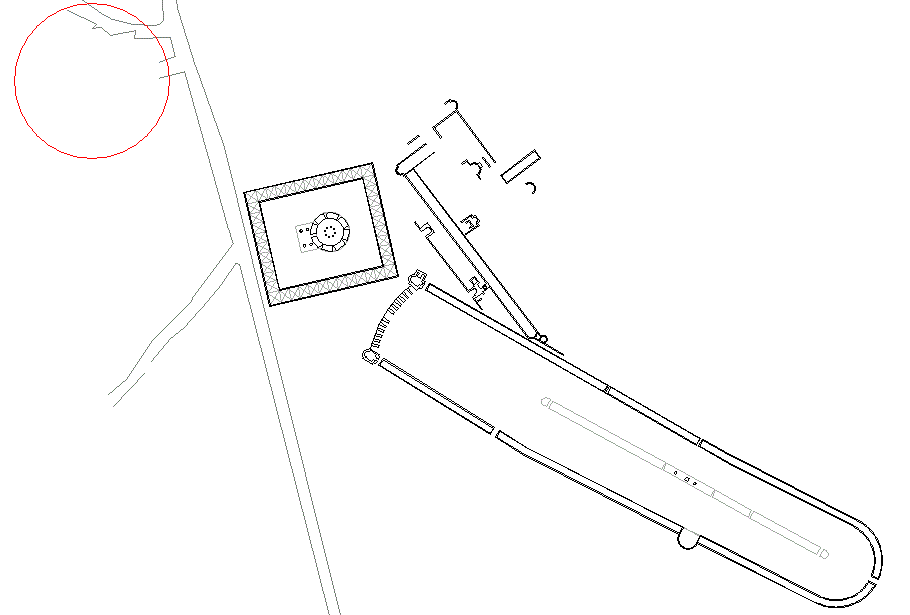
Construction commences; Eutropia's present. This is the exact beginning of the paradigm shift in Roman architecture--the shift from pagan Circus of Maxentius to Christian circus basilica of Sebastian, martyr.
21 November 1778 Saturday
. . . . . .
21 November 1812 Saturday
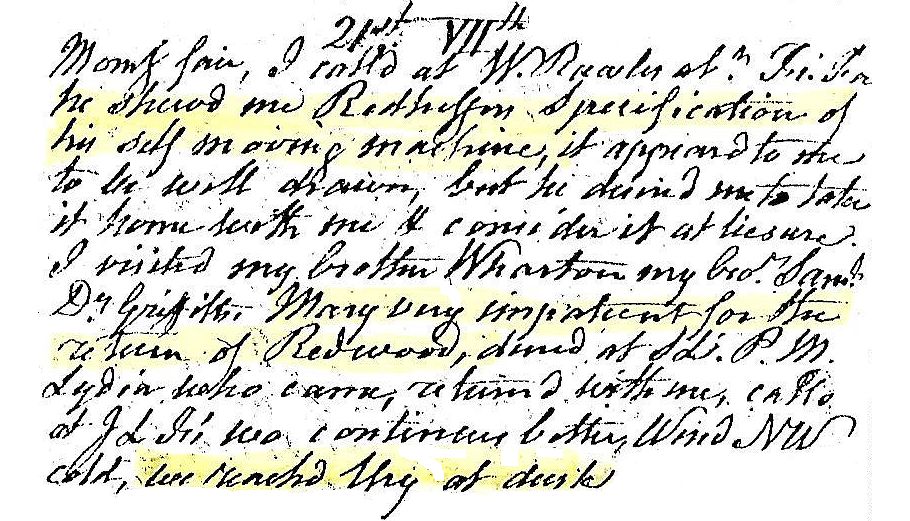
Morning fair. I called at W. Rawle about ...... he showed me Redheffer's Specifications of his self moving machine. It appears to me to be well drawn, but he denied me to take it home with me and considerate it at leisure. I visited my brother Wharton, my brother Samuel, Dr. Griffiths. Mary very inpatient for the return of Redwood. Dined at SL. PM Lydia, who came, returned with me, called at JLF's ... continues better. Wind NW cold, we reached Ury at dusk.
21 November 1856
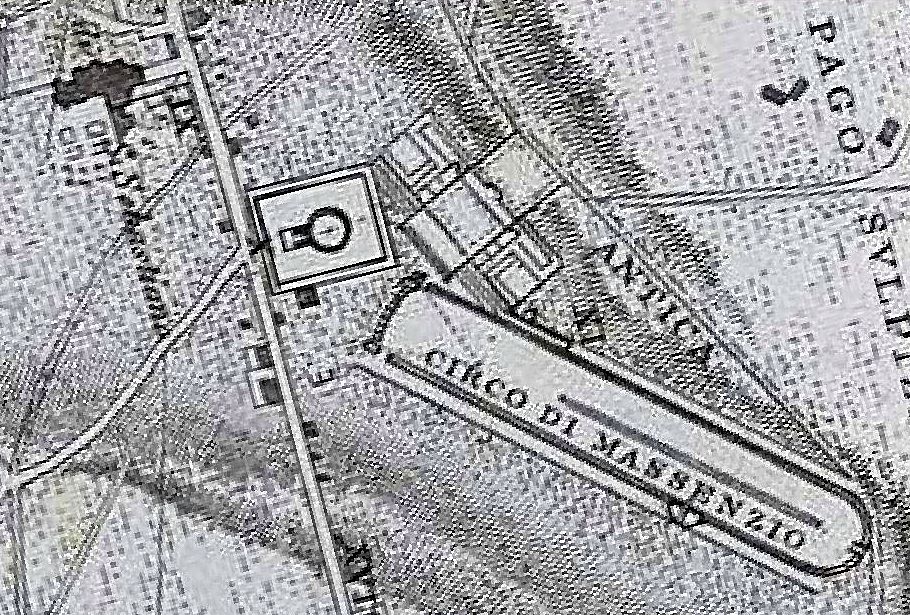
21 November 1996
Here's the first image online at Quondam - A Virtual Museum of Architecture 21 November 1996.
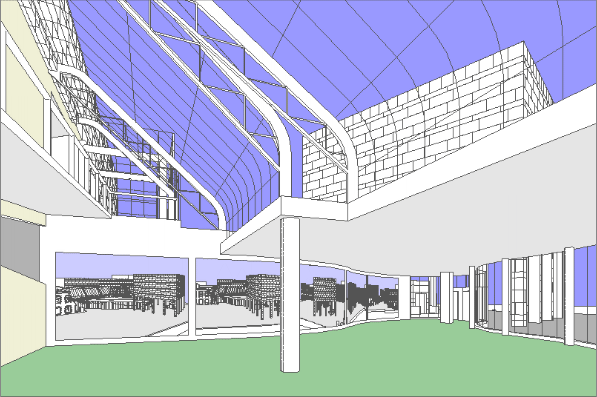
The lobby of a non-existent museum containing exterior images of the same non-existent museum.
21 November 2000
constantina, etc.
for the record:
Helena is the mother of Constantine.
Eutropia is the mother of Fausta.
Constantina is the daughter of Constantine and Fausta.
Helena is given credit for (at least) building the Basilica of the Nativity and the (now gone) Basilica at the site of the Ascension. (c. 325 AD)
Eutropia is credited with restoring the holy sites at Mamre (today's
Hebron). (c. 327 AD)
Constantina is best known to architects today via her mausoleum in Rome which is commonly referred to as Santa Costanza. (c. 354 AD)
The major thrust of my research into the lives of Helena and Eutropia is to substantiate the hypothesis that Helena and Eutropia where the active forces behind the new architecture in Rome between October 28, 312 and c. 328 AD, which includes all of the first 'Constantinian' Christian Basilicas anywhere, plus various Imperial, but not Christian, buildings.
[According to current historical scholarship,] Helena died and was buried in Rome c. 329 AD [sic.]
Constantinople was dedicated by the emperor Constantine 11 May 330 AD.
emergence from the East
Rick's post about the sack and ultimate fall of Constantinople is indicative of much history that does not often get mentioned in Western culture. I personally first learned about the later history of Constantinople in the early 1990s, particularly about the very significant role that mid-15th century Byzantine scholars played in the advancement of (Italian) Renaissance Classical/Humanist thought. The Byzantine scholars were fleeing the advancing Ottomans, and brought to Italy many ancient/classical texts that the West knew of by name but otherwise thought to be no longer in existence. It is fair to speculate that the Renaissance as we now know it would never have 'emerged' without the scholarship of the Eastern Roman
Empire.
What Rick did not mention is that the 1204 'western' sack of Constantinople also started the Catholic Church schism that is still official to this very day. Indeed, there are TWO Holy Apostolic Churches (and if you asked me it's totally up to the Roman Catholic Pope to end the schism by admitting Roman/Latin wrong-doings and even make restitutions). But it can also be reasoned that Constantine himself started the Christian split between East and West when he made Constantinople his official Roman Imperial capital in 330 AD.
At the time of Constantine's Christian 'conversion' at the Milvian Bridge in Rome on the eve of 28 October 312, Christianity was already a well established (albeit occasionally persecuted) organization with a diocesan hierarchy of bishops firmly in place and the bishop of Rome the Church leader. Althought Rome was symbolically the supreme city of the Empire, the four Imperial capitals at that time were Nicomedia (today's Izmit, Turkey), originally the capital/court of Diocletian (and subsequent Eastern Augusti) where Constantine actually spent his formative years; Milan, seat of the Western Augustus, Thessalonica, seat of the Eastern Caesar (i.e., junior Augustus), and Treves (Trier, Germany), seat of the Western Caesar. Jerusalem was then a Roman city built by Hadrian, with a Temple of Venus on the site of the Holy Sepulcher (of Christ).
Trier was Constantine's capital/official residence from 306 to c. 314 -- Constantine moved around a great deal throughout the Empire during his entire reign, mostly on military expeditions. Constantine's throne hall, the Aula Palatina, at Trier is perhaps the best example of the Roman basilican type to be built immediately prior to the construction of the Christian basilicas in Rome. Interestingly, we learn from Ward-Perkins (Roman Architecture) that the brickwork of the Aula Palatina is the first instance
of such work in the West, with earlier example of such work in the East, indicating that Constantine may well have imported the best artisans from places in the East, like Nicomedia, which is where he lived before residing at Trier. Helena most likely met Eutropia at Trier, since it was at Trier that Constantine married Fausta, Eutropia's daughter. The ruins of the Constantinian Imperial baths at Trier were the largest Imperial baths outside of Rome, and their construction is very similar to the construction of Helena's mausoleum in Rome.
At the same time that Constantine was ruling the northeastern part of the Empire from Trier, Maxentius was usuptively ruling Italy and Northern Africa from Rome. Maxentius was the son of Eutropia, and the brother of Fausta. Maxentius also built some very large Roman buildings while in power, e.g., a gigantic circus along the Appian Way, and actually began the construction of what is today called the Basilica of Constantine in the Roman Forum (not to be confused with the Christian basilicas).
[I now wonder whether the artisans that built the Aula Palatina in Trier where also the artisans that built the first Christian basilicas in Rome just after 312 AD. Or, more probably, did the eastern artisans finally meet the artisans of Rome, thus generating a new style?]
The spiral columns of Bernini's baldachin in St. Peter's are based on a set of columns that formed a screen around the altar of the original St. Peter's Basilica. Legend says that the columns came from Solomon's Temple, but all we really know is that columns where brought to Rome from Greece. It was during Constantine's reign that the particularly offensive Pagan religions were outlawed and their temples dismantled and their treasuries confiscated. It is well known that the columns in early Christian basilicas were from preexisting buildings/temples. I like to think that the original spiral columns of St. Peter's were actually the most beautiful columns in the Roman empire at that time, and that they were personally procured by Helena, who made sure they wound up at St. Peter's. (It is historically recorded that while Constantine was sole ruler of the Empire (i.e., after 19 September 324) he granted Helena access to the Empire's treasury that was equal to Constantine's own access, i.e., she could do and spend in any way she saw fit.) The columns still exist today, and a pair of them is in each of the upper niches of the four piers holding up the dome of St. Peter's.
So it seems that the Vatican has 'received' it's richest treasures from the East from the very beginning.
ps Constantine founded Constantinople 8 November 324 [curiously close to 9 November] and Constantinople was officially dedicated 11 May 330.
21 November 2005
There's about a 1% overlap between the profession and academia
There is a substantial overlap between the profession and academia in that both adhere to the same model of what a typical architect is and does. Both are largely adverse to "ad hoc" design or even vernacularism. Free thinking in either established situation is for the most part shunned.
21 November 2021
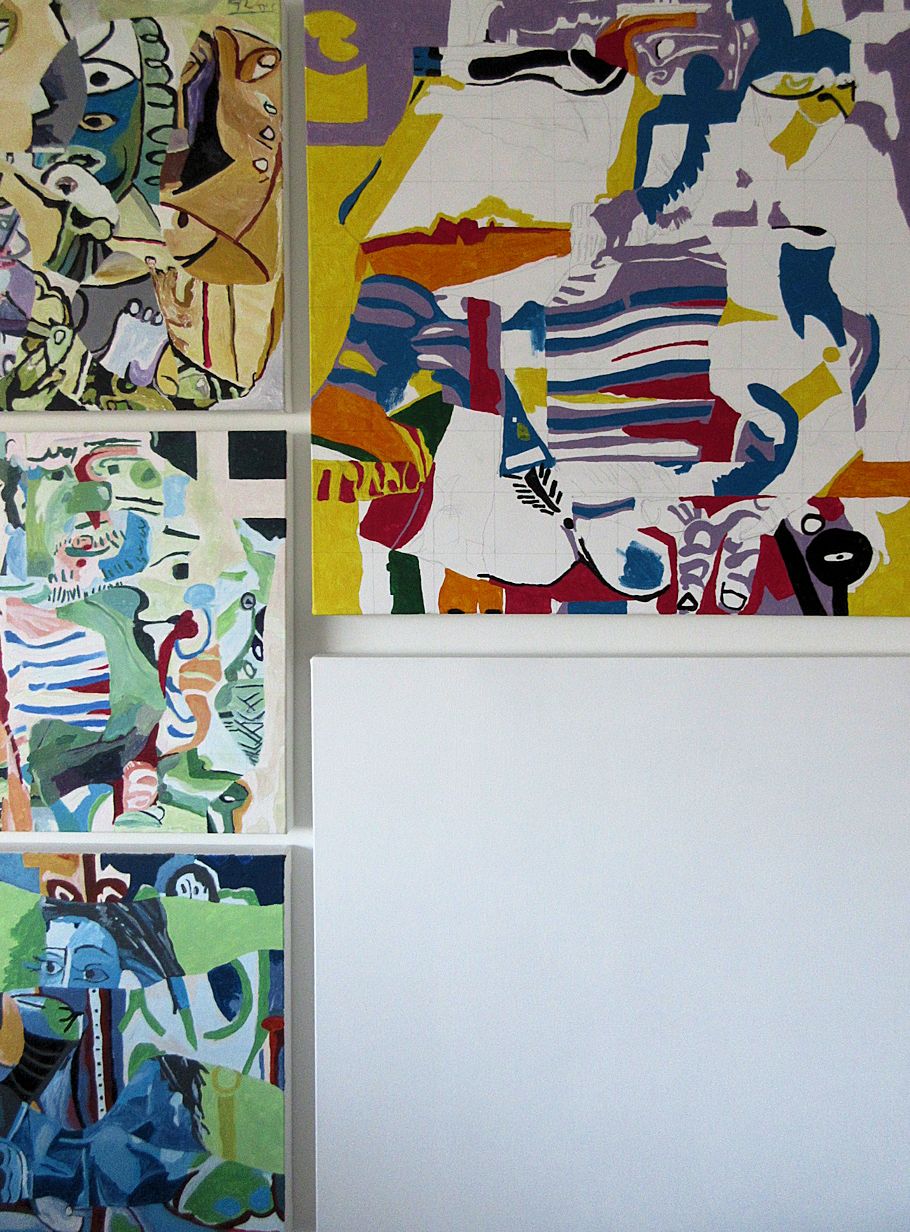
21 November 2022 Monday
Realized that Helena, in 312, is half a year older than I am now. And had the idea that Piranesi's quondam Campo Marzio circus plans actually make for very good circus basilica plans.
|